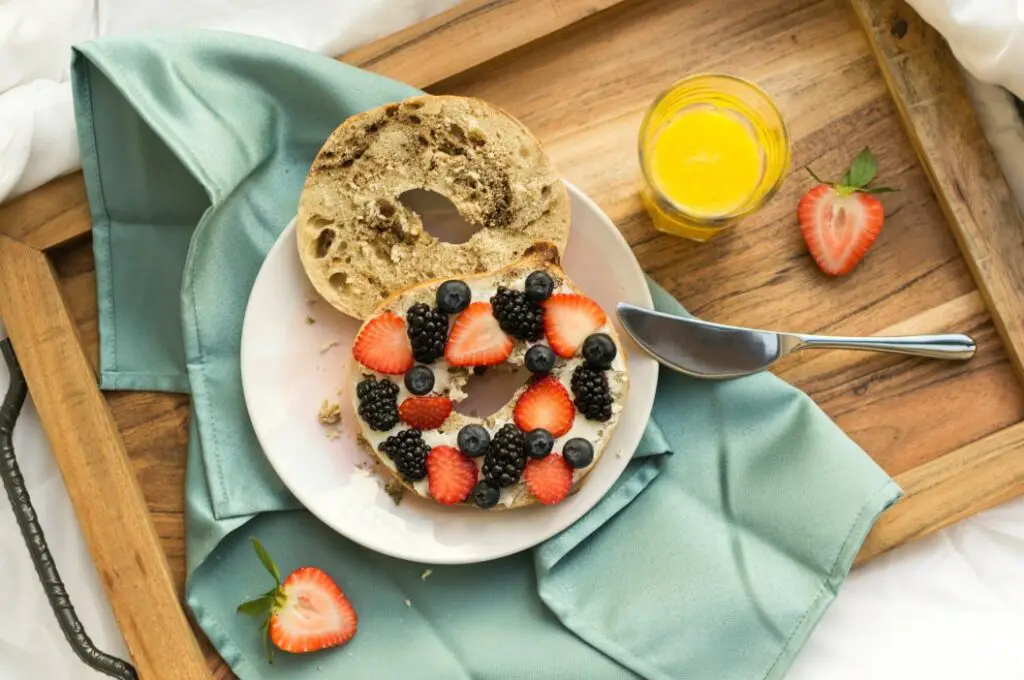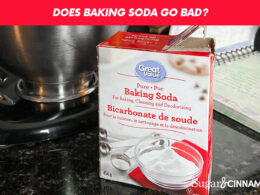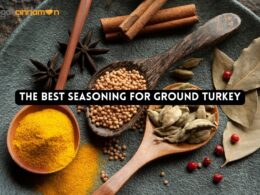Table of Contents Show
Why are aesthetics important in food? Food is something you can’t help but appreciate; however, this is not limited to the taste alone or what it does to your body, but how it looks. While many people are all about the food tasting good, aesthetics are about how the food looks.
Food styling and design are two components that help your food look presentable and pleasing.
Food is an everyday necessity, and while everyone has different tastes and preferences, it’s hard not to appreciate the aesthetic design of any food. There is no specific dimension good aesthetic is meant to be; however, understanding this aspect can help us better understand why we eat food.
Food presentation has often been ignored, which is why food aesthetics helps to understand why you should care about how your food looks. The term ”don’t judge a book by its cover” might not apply to food, and this is because you need it to be attractive to the eye if you plan to sell more.

Just by looking at how food looks, one can often make a judgment; although this doesn’t determine how the food tastes, it does go a long way in selling the food. While it is easy to understand why food must be delicious, food designs are still a bit of debate.
Read on to properly understand what food aesthetics mean and why you need to care about how food looks.
Food Aesthetics: Why Care About How Food Looks
One of the essential things you need to thrive in the food industry is the ability to make your food taste good and look good. Food aesthetics is about food styling, design, and overall making your food look attractive or pleasing to the eye.
One of the ways you can sell foods on social media is to make them look presentable enough and stand out.
The aesthetic of food is more than just mere preference; it is a debate that has been around for a very long time.
The aesthetic nature of food is related not just to designs but has a lot to do with factors such as tradition and culture, this often dictates the impact food has on people’s choices.

Aesthetic food can also be described as a discipline of giving food a more pleasing and attractive appearance. Appreciating the beauty of food goes beyond drawing a face on it; how you approach food is a factor that will play a role in how you experience and enjoy food.
The appreciation of the beauty of food tends to go a long way, and this also means that people have subjective differences when it comes to how food looks.
Most people will not eat the food if it doesn’t have a pleasing appearance. An increasing number of people are starting to pay attention to how their food looks due to some economic factors. Food aesthetic experts continue to influence some of this while stating that food should be a source of aesthetics in one’s daily life.
There are also beliefs that food aesthetics can help you reconnect with your tradition or culture since it can be implemented into it. Remember that your food doesn’t have to be bland to look good.
Food aesthetics can be as fun and colorful as it enables you to combine science with art.

We must agree that people tend to like colorful food, and one major reason you should care about how your food look is that the colors are typically colors of vegetable, which means more vegetable and a healthy diet.
How do I make food aesthetically pleasing?
Studies show that the most colorful and well-presented food is what people mostly go for.
So, yes, color and presentation are essential. Still, most people don’t know how to go about it, and you don’t have to be a professional chef or nutritionist before making food aesthetically pleasing.
Here are simple essential rules to help you;
- Choose a neutral plate, nothing too big or too small, so it doesn’t look overstuffed or lose the look aesthetic look you are going for
- Place the food in a way that suggests abundance while leaving a little room between the edge of the plate and the food. Pile food up rather than spread it, and don’t overcrowd the plate, either.
- Wipe the splatter off the rim with a clean dish towel
- Garnish is the final touch and an essential rule in food aesthetics. Do this with care, and you should add a touch of romance. Family food might garnished with something traditional, or it can be as simple as a few chopped herbs, a dollop of sour cream, or lemon zest.
- To take pictures, find some natural light but avoid direct light.

Do you think how food looks affects how it tastes?
There have been science and studies that pinpoint that how food looks ultimately affects how people view it, and this in turn, also affects how it tastes. Visual tasting happens before the main tasting; hence, how your food looks will influence whether you want a taste.
The presentation of food tends to make a lasting impression, and frankly, to prevent their effort from going down the drain, they won’t just make sure it looks good but that it tastes good too.
Frequently Asked Questions
What is food aesthetics?
Food aesthetics refers to the visual appeal and presentation of food. It involves arranging and styling food in an appealing way that is pleasing to the eyes.
Why is food aesthetics important?
Food aesthetics is important because it can enhance the dining experience and make food more enjoyable. A beautifully presented dish can elevate the taste and overall enjoyment of the meal.
How do you achieve good food aesthetics?
To achieve good food aesthetics, one can consider various elements such as color, texture, shape, and balance. Using a variety of ingredients with different colors and textures can add interest to a dish. Presenting food in a balanced and visually appealing way can make it more appetizing.
What are some common food aesthetics trends?
Some common food aesthetics trends include minimalism, naturalism, and maximalism. Minimalism emphasizes simple and clean presentation, naturalism highlights the natural beauty of ingredients, and maximalism showcases a bold and extravagant presentation.
How does food photography play a role in food aesthetics?
Food photography is a crucial aspect of food aesthetics as it helps showcase a dish’s visual appeal. Good food photography can make a dish look more delicious and attractive, influencing a person’s decision to try it.
Wrapping Up
Food aesthetics is not limited to what is on the plate alone; if you are entertaining guests, you might as well extend the pleasing look to the table.
Make sure things such as the cutlery and glasses are beautifully arranged, and you might as well add something fancy to the whole room setting.
Even a small amount of attention can make a lot of difference in how your food looks, and you don’t even need an elaborate meal before you can dress it up. Lastly, food is one of the most creative means to tell a story, which is indeed a unique form of art everyone can be part of.













